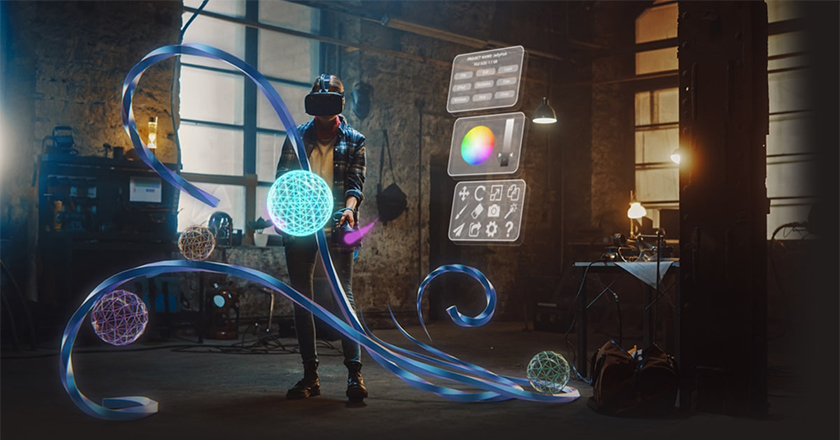NFT has a lot of bad rep. Stories run rampant online of opportunists capitalizing on the appreciating value of digital art. You have probably read about Twitter founder Jack Dorsey selling the NFT of his first tweet for USD2.9 million. Suddenly, everyone realized there is a lot of money to be made with digital art. It was hailed as the new gold rush. Soon, crypto enthusiasts were spending their life savings to trade, resell and hoard NFTs as investments.
However, the idea behind NFTs is more profound than trying to make a quick buck. While creative works may last thousands of years with proper conservation techniques, obsolescence is the real threat behind disappearing art. Digital twins of those art pieces ensure their longevity. It preserves art for future generations and makes a record of history accessible to a wider audience. To achieve this, cutting-edge solutions are needed to help digitize, protect and move them to the virtual realm.
The following are some emerging NFT technologies that help preserve art:
3D Laser Scanning – Instead of a flat image, 3D laser scanning provides an entry point for physical objects to crossover into the digital world in their native dimension. It can convert any artform into in-depth, high-resolution NFTs. This allows galleries or auction houses to convey the rich details of a work of art and enhance visitor experience through interactive imagery.
Visual Data Analytics – From 3D laser scans, every detail and nuance of an art piece is transformed into data. Through visual data analytics, it reveals micron-level insights such as color, texture, lighting, embellishment and dimensional aspect, invisible to the human eye. This enables art conservation technicians to prevent physical art from degrading or repair any detected defect. Over in the virtual realm, these data-rich NFTs can be used to ensure that both digital and physical artworks are authentic by mapping the surface color values.
Blockchain – Creating a digital twin of an artwork means you can tokenize its data into the blockchain. This will link the NFT version to its original physical form, leading to a secure and easily verifiable online transaction. Blockchain also fosters a transparent ecosystem by attributing the ownership of creative works in a secure manner. Anyone can trace the origins of creative content while artists and organizations can safely showcase their works to the world.
Despite many NFT technologies falling into the realm of emerging tech, there are already multiple real-world instances thanks to its immense practicability. It has reimaged galleries, elevated and preserved cultures, and offers permanence for temporary creative works.
Atelier des Lumières – Located in Paris, this gallery combines art and entertainment to create an immersive experience. Powered by state-of-the-art visualization technology, the digital art museum projects high-resolution images of iconic works onto an empty section of the museum. Visitors can then walk through and interact with these masterpieces to catch a glimpse of the artists’ minds.
Murals to the Metaverse – Street art has always been ephemeral. They are usually tarnished, replaced and erased. This project scans the murals and their location, and transforms them into 3D models. These models are then minted on the blockchain as NFTs, giving them new life long after they’ve been removed.
Walking Between Worlds – This is a community-focused initiative that stores and preserves important cultural art, stories and artifacts using NFT technologies. Walking Between Worlds has collaborated with Australia’s indigenous groups to showcase traditional Aboriginal and Torres Strait Island cultural experiences in an NFT collection that includes animation, artworks and soundscapes.
To reiterate, NFTs have not got the spotlight they deserve. There are still optimistic ideals behind NFTs as it does not only extend the life of physical creative content but help artists sustain their work. It is also important to understand that NFTs are not here to replace physical objects. They can’t and won’t. For all the simplicity and profitability they offer, the real-life presence of a work of art is still irreplaceable. What it can do is blur the lines between physical and virtual realms, inspiring digital-first users to go out and experience art in person or view its digital reflection online.
NFTs broaden the audience because they have the ability to touch everyone, be they NFT fans, digital art enthusiasts or real-life artists. It doesn’t discriminate and immortalizes all forms of art, allowing various pieces of creative works to impact others both now and in the future. Physical art may live on a timer and fade away into obscurity but bits and bytes are eternal.

